Cultivating river shrimp, also known as freshwater shrimp, can be a rewarding endeavor for aquaculture enthusiasts and small-scale farmers alike. These tiny crustaceans are not only a delicacy in many cuisines but also serve as excellent bio-filters in aquariums, helping to maintain water quality. Whether you’re looking to establish a sustainable food source or simply enjoy the hobby of shrimp keeping, this guide will provide you with comprehensive insights into how to cultivate river shrimp successfully.
Understanding River Shrimp Biology
Before diving into cultivation, it’s crucial to understand the basic biology of river shrimp. Most freshwater shrimp species belong to the genus Neocaridina, Caridina, or Atya, with each having unique characteristics and habitat preferences. River shrimp are generally omnivorous, feeding on algae, detritus, plant matter, and small invertebrates. They thrive in well-oxygenated, clean water with a stable temperature range, typically between 68°F to 77°F (20°C to 25°C).
Setting Up the Aquarium or Pond
Choosing the Right Container:
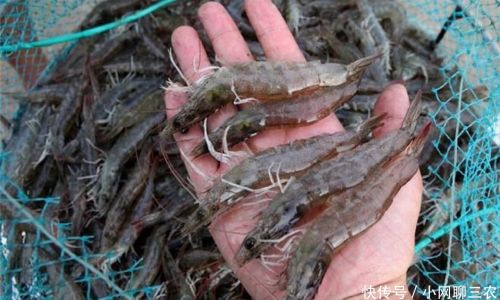
- For small-scale or hobbyist setups, a well-filtered aquarium is ideal. Ensure it has a tight-fitting lid to prevent shrimp from escaping.
- For larger-scale operations, a pond or raceway system may be more suitable. These require proper lining and a robust filtration system to maintain water quality.
Water Parameters:
- Use dechlorinated water to avoid harming the shrimp. A water conditioner specifically for shrimp can help neutralize chlorine and other harmful chemicals.
- Maintain a pH level between 6.5 to 7.5, as most river shrimp species prefer slightly acidic to neutral water.
- Keep ammonia and nitrite levels at zero and nitrate levels below 20 ppm. Regular water changes and a well-balanced ecosystem will help achieve this.
Substrate and Decor:
- A sandy or fine gravel substrate is best, as it won’t harm the shrimp’s delicate exoskeletons.
- Provide hiding places such as rocks, caves, or planted aquarium decorations. This not only mimics their natural environment but also reduces stress and encourages breeding.
Feeding Your River Shrimp
Dietary Needs:
- River shrimp are opportunistic feeders, meaning they will consume a variety of foods. Offer a mix of algae wafers, shrimp pellets, and vegetable scraps (like blanched spinach or zucchini).
- Live foods such as daphnia, bloodworms, and microalgae can also be included to provide essential nutrients and encourage natural feeding behaviors.
Feeding Frequency:
- Feed your shrimp once or twice a day, ensuring all food is consumed within a few hours to prevent uneaten food from fouling the water.
- Reduce feeding during molting periods, as shrimp require extra energy but are less active and may not eat much.
Breeding River Shrimp
Identifying Sexual Dimorphism:
- In many shrimp species, males are smaller and have longer, slimmer abdomens compared to females, who are larger and carry eggs under their abdomens.
Encouraging Breeding:
- Provide optimal conditions for breeding, including stable water parameters, ample hiding spots, and a rich food supply.
- Some species may require specific triggers, such as slight temperature fluctuations or increased water flow, to stimulate mating behavior.
Caring for Berried Females:
- Once a female shrimp is “berried” (carrying eggs), she should be given a quiet, stress-free environment. Avoid disturbing the tank during this period.
- After hatching, the fry will be tiny and require infusoria or finely powdered food for their first few days.
Maintaining Water Quality
Regular Water Changes:
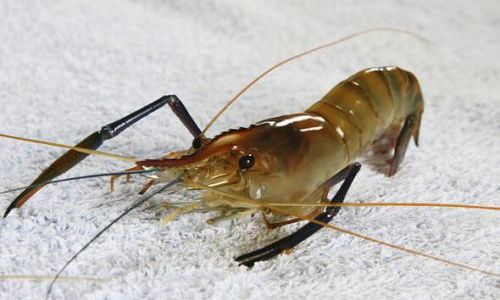
- Perform partial water changes weekly, removing 10-25% of the tank’s water and replacing it with treated, dechlorinated water.
Filtration:
- Use a suitable filtration system that maintains good water circulation without creating too strong currents that could harm shrimp.
- Consider adding biological filters to help convert ammonia and nitrites into less harmful nitrates.
Monitoring Water Parameters:
- Regularly test water for pH, ammonia, nitrite, and nitrate levels using aquarium test kits.
- Adjust conditions as needed to maintain optimal water quality.
Disease Prevention and Treatment
Preventive Measures:
- Quarantine new shrimp for at least two weeks before introducing them to your main tank to prevent the spread of diseases or parasites.
- Maintain cleanliness by regularly removing uneaten food and debris.
Identifying Signs of Illness:
- Watch for signs such as lethargy, discoloration, molting problems, or rapid breathing.
Treatment:
- Treat diseases promptly with aquarium-safe medications, following the manufacturer’s instructions carefully.
- Isolate sick shrimp to prevent the illness from spreading to the entire colony.
Conclusion
Cultivating river shrimp can be a fulfilling and educational experience. By understanding their biology, setting up an appropriate environment, providing a balanced diet, and maintaining excellent water quality, you can successfully raise healthy, thriving shrimp populations. Whether you’re a hobbyist seeking to enhance your aquarium ecosystem or a small-scale farmer looking to diversify your aquaculture operations, following these guidelines will set you on the path to successful river shrimp cultivation. Remember, patience, attention to detail, and a love for these tiny creatures are key to your success in this endeavor.
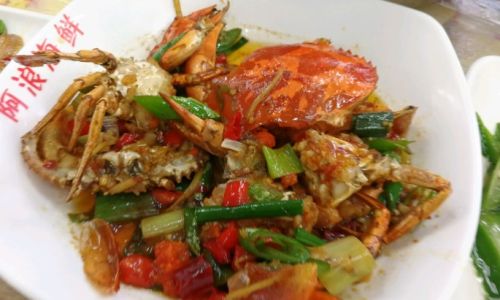
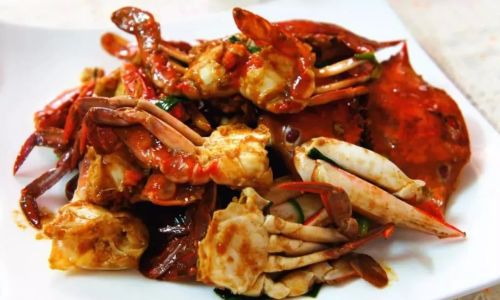
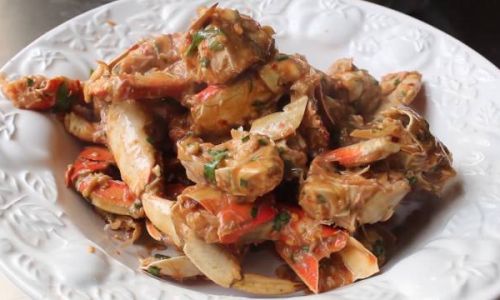

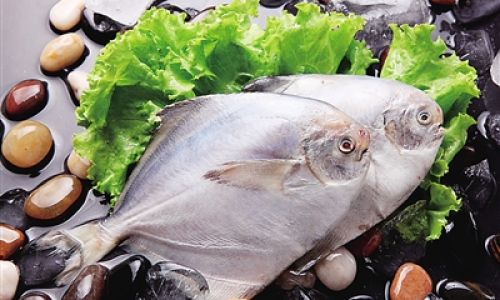
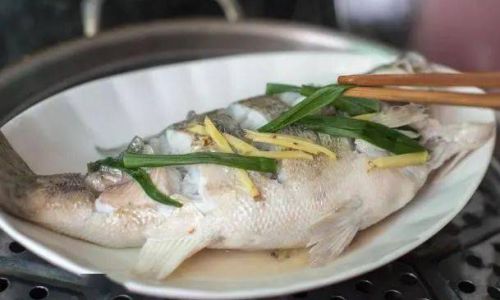
0 comments